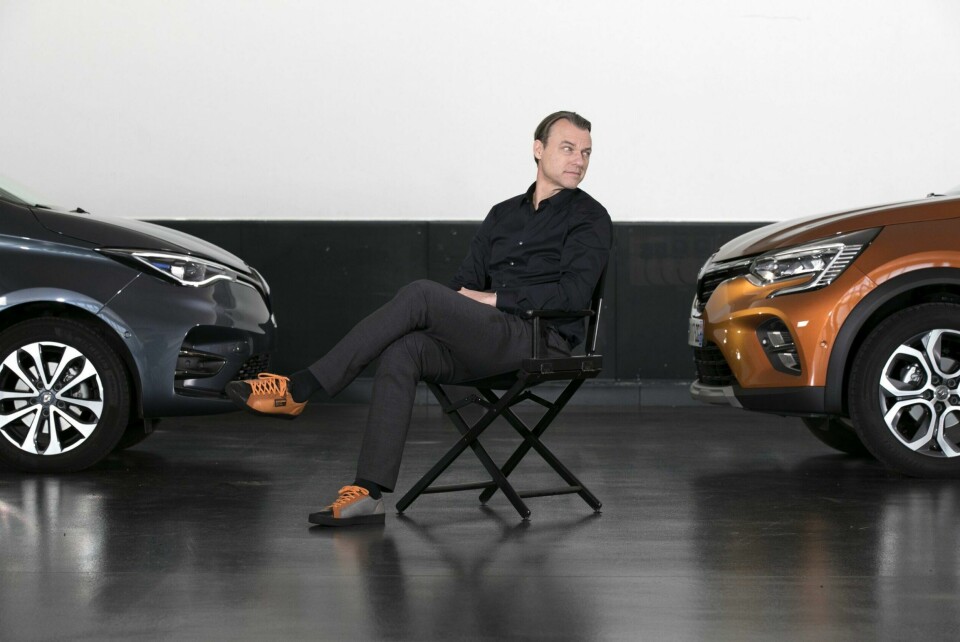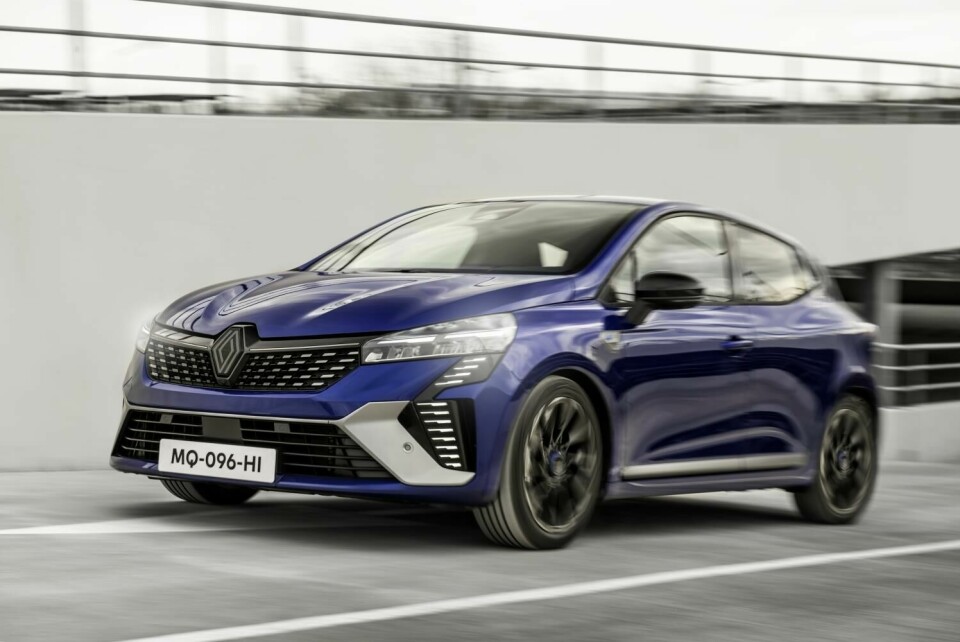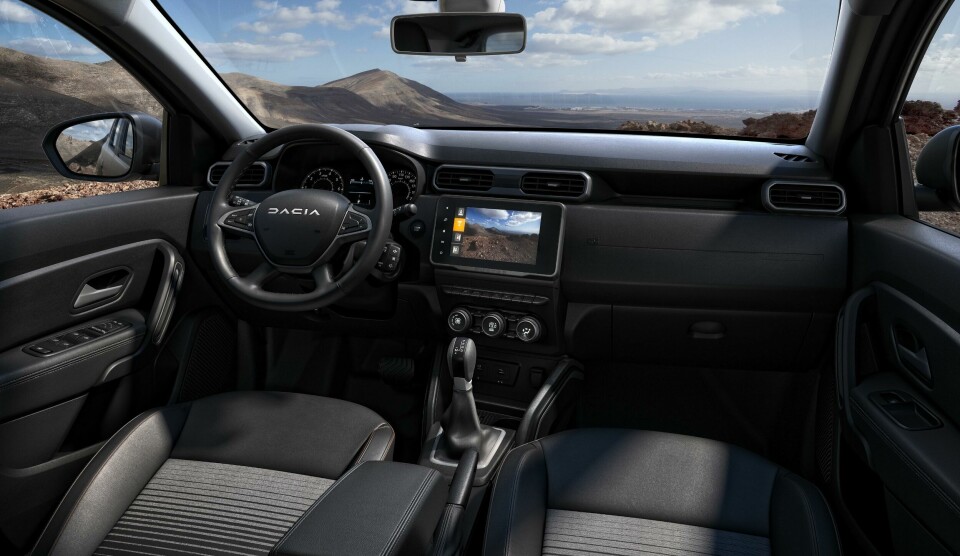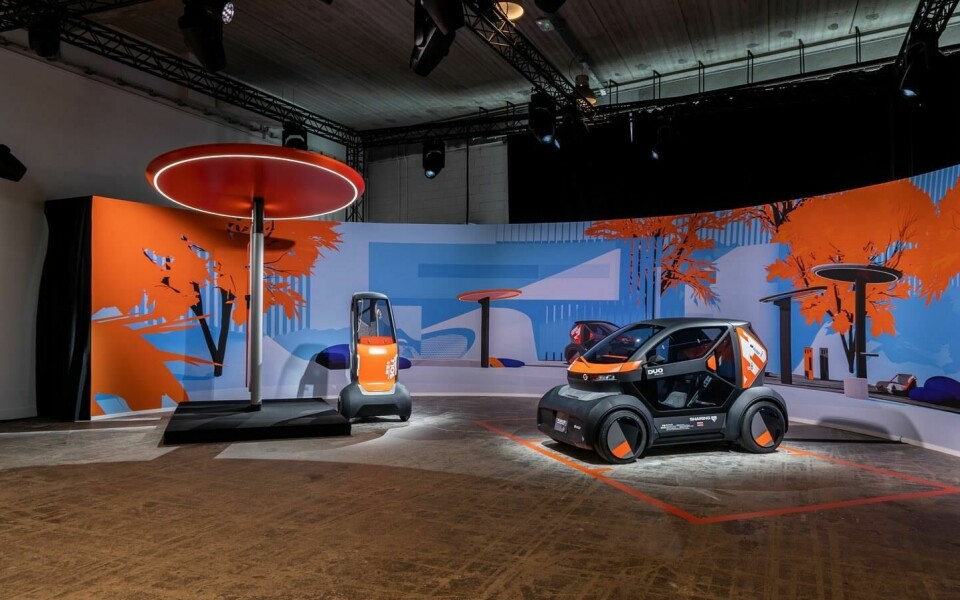
Designer interview: Laurens Van Den Acker on Renault’s revolution
Renault’s EVP of Design Laurens Van Den Acker sits down with Michael Nash to discuss brand differentiation and the costs involved in offering more technology
Car Design News was at the launch of the Renault Clio E-tech and seized the chance to interview EVP of Design Laurens Van Den Acker.
Car Design News: When we last spoke, the Renault 5 had just won Concept Car of The Year. What has been happening since?
Laurens Van Den Acker: So much has happened. Firstly, there has been a revolution in the way in which we are organised. We hired a design director for every brand, which has helped give push to each of them. Our ‘force de frappe’, our impact, has dramatically increased. We are being very aggressive in terms of product planning. It hasn’t been easy at times and we have had our backs against the wall, but sometimes those are the best situations to revolutionise because you have no choice. There is a lot of buzz around us at the moment. People can see there is something happening, so many of them want to come and work with us.
We obviously had a brand approach before, but we didn’t have one person responsible for each brand. I was responsible for design and oversaw all brands, and my equivalent in product planning, for example, did the same. It worked to a certain degree, and there are advantages and efficiencies. But if the full team is focused on a single brand and that particular business, then there is more clarity. You gain so much in terms of brand vision and clarity, so I can see our level of quality has already risen threefold.

CDN: How has this had an impact on your daily work?
LVDA: My role hasn’t changed. I’m still responsible for all brands, and I know them all intimately. For the wider team though, they are just focused on one brand, so their lives have become a little easier. Having said that, not all functions are solely focused on one brand. So for instance, within design, the operational side which includes making the models and surfaces, has to remain transmissive. It’s like there are different restaurants but the kitchen is shared.
But I think that a big focus for our line-up is the idea of humanising technology and showing off the link between human shapes and sensuality, softness and attraction, combined with this high-tech spirit
CDN: What is it like to be working with Gilles Vidal, and how are you aligning your visions?
LVDA: When I came to Renault I was asked to create a very strong signature design language for the brand, impacting everything from the Twingo to the Espace. But when Gilles came, he decided to employ a more liberal approach, and felt he could have each and every car express an individual personality. He didn’t believe in the necessity to be dogmatic about the language. This is a pendulum that swings back and forth – if you are inconsistent and unclear, people won’t recognise the brand so you have to tighten the reins.
We have settled on a balance, and we now think each car is more striking. There is more freedom and experimentation, and so there is a specific reason for customers to buy each and every car. We are creating a double offer between full EVs and electrified vehicles because we don’t want them to cannabilise each other. If someone buys a Renault 5, for example, it is not the same thing as buying a Clio hybrid car. Those are two completely different choices. Our line-up is becoming more exciting than ever before.
CDN: But there must still be certain elements or design choices that are consistent across models?
LVDA: Lighting signatures remain a key way to draw attention to the brand and to make cars recognisable on the street. We will go a step further with the Renault 4, which will come out in about a year and a half. For this model we will switch to logos that light up because European regulation will finally allow us to do it. And it is something we will certainly see more of.

But I think that a big focus for our line-up is the idea of humanising technology and showing off the link between human shapes and sensuality, softness and attraction, combined with this high-tech spirit. The reality is that car companies are becoming tech companies, and we need to find ways to highlight the tech rather than hide it.
We need to look for magic in the ordinary, so that people’s everyday lives become extraordinary
The third part of the equation is sustainability. We need to be authentic in what we offer, and we think the customer is open to what they are buying. In the Dacia Duster, for example, we will have materials that are visibly recycled because we want to show it off.
Finally, there is everything that will happen in terms of connectivity and screens, how we connect with occupants and what people see. This is a new area of design – when I was a young kid drawing cars it didn’t exist. Ten years ago, or so, people were saying cars are becoming dinosaurs, and were questioning if we will still be driving in the future. But with the introduction of technology, cars have become hot again, and a symbol of progress.
CDN: If all this technology is included in every car and across every marque, how will companies differentiate themselves from the competition?
LVDA: It is a really difficult challenge. Producing a good quality car is not a differentiator anymore. Ten years or so ago we would spend so much time on proportions, getting the gaps just right, crafting the materials and finishes. But, if we look at the new Clio now for example, there are no mistakes. This high level has become the new floor. So I think the next battleground will take place in the experience the consumer has when buying a car.

When they are sitting at home looking at their smartphones and browsing new models, how are we going to tell a story that connects the consumer to the brand? I also think we need to create some extra magic in our vehicles. We need to look for ways to really surprise and wow our customers, whether it is unique design elements, or features that help the driving, or even colours that change. We need to look for magic in the ordinary, so that people’s everyday lives become extraordinary.
Another potential way to reduce prices, and we are talking a few years in the future, is that cars become extremely technologically advanced and very intelligent so there are fewer crashes. This means we could take out many components – airbags, crumple zones and reinforced pillars, for example
Also, and this might sound counterintuitive to what I just said about magic, but we need to find ways in design to drastically reduce the price of our cars. With the onslaught of technology as well as electrification, our cars are pricing themselves out of the market. Who can afford a new €50,000 car? One of the reasons that young people don’t buy cars anymore is because they simply cannot afford it. We need to look for breakthroughs beyond design that allow us to offer mobility for prices that are much more accessible than they are today. This isn’t just a challenge for Renault, but all our brands including Mobilize too.
CDN: Will that mean you might have to offer cars with far less technology inside?
LVDA: It will be difficult to offer less at a lower price point, because people want it all, especially in places that have little money – if you go to India or South America, everyone has the latest smartphone because it is a sign of status and belonging.
But I think that potentially, by reducing the number of cars we have on offer, we can increase volumes and lower the prices. Another potential way to reduce prices, and we are talking a few years in the future, is that cars become extremely technologically advanced and very intelligent so there are fewer crashes. This means we could take out many components that would not be needed, like 12 airbags, crumple zones and reinforced pillars, for example. The cars would be twice as light and much more efficient, as well as cheaper to make.



